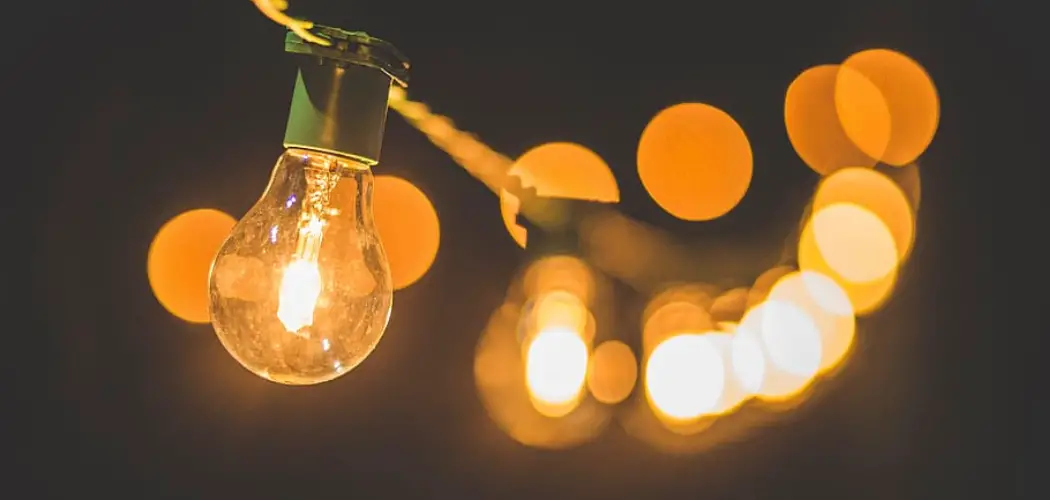With the rising temperatures, the last thing you would want is for your LED lights to add extra warmth to your home. While LED lights are more efficient and produce less heat compared to traditional bulbs, they can still generate a significant amount of heat that affects a room’s temperature and energy consumption.
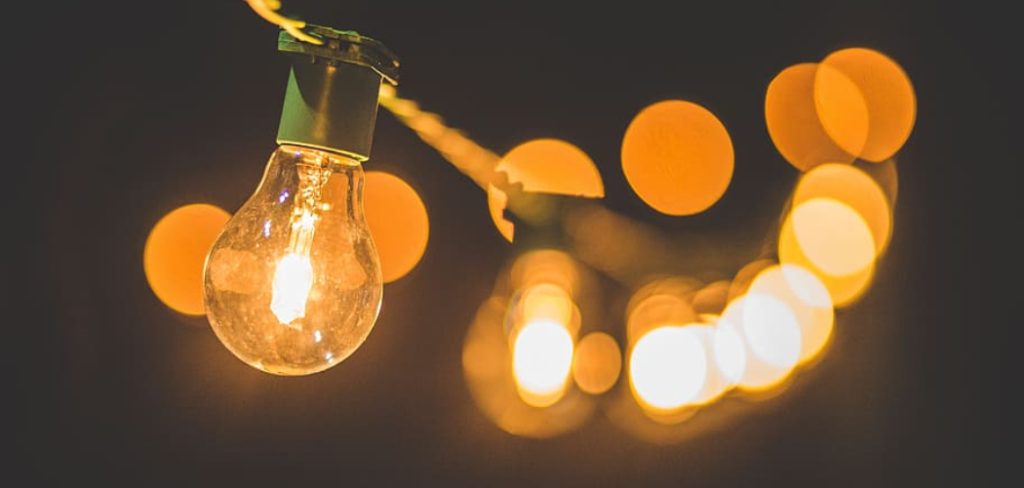
But the good news is, you don’t have to sacrifice your glamorous lighting for the sake of a cool home. In this blog, we will explore five ways how to reduce heat from LED lights without compromising their quality.
Can You Reduce Heat from Led Lights?
LED lights provide many benefits for homeowners, including energy efficiency, cost savings, and longevity. However, with this comes the issue of heat. As these bulbs run for extended periods, their heat output can cause discomfort and even pose a fire hazard in some scenarios.
Fortunately, numerous methods are available to reduce heat from LED lights, ranging from changing the bulb’s position to implementing heat sinks or fans. By exploring different options, homeowners can enjoy the benefits of LED lighting while mitigating the issue of excess heat.
Why Should You Reduce Heat from Led Lights?
LED lights are known for their energy efficiency and longevity, but did you know they can also produce a significant amount of heat? While this may not seem like a big issue at first, excessive heat can shorten the lifespan of your LED lights and pose potential safety risks in certain applications.
By reducing the amount of heat generated by your LED lights, you prolong their life and ensure a safer and more comfortable environment for those around them. Plus, with the latest advancements in LED technology, more energy-efficient and heat-reducing options are now available than ever before.
Keep Your Home Cool: How to Reduce Heat from LED Lights 7 Ways to Follow
1. Opt for Lower Wattage LED Lights
One of the easiest ways to reduce heat from LED lights is by installing lower-wattage LED bulbs. The wattage of an LED bulb not only affects its brightness but also influences the level of heat it produces. By choosing lower-wattage LED lights, you can still enjoy elegant lighting without adding unwanted heat to your room. Furthermore, using lower-wattage LED bulbs can save you money on your energy bill.

2. Choose LED Lights with Heat Sink
High-quality LED lights come with a heat sink, dissipating heat from the bulb and into the air. Heat sinks work by speeding up the transfer of heat from the bulb’s light-emitting diodes (LEDs) to a heat-absorbing material and then to the ambient air. When choosing LED lights, opt for those with heat sinks to keep your room cool.
3. Install Dimmer Switches
Installing dimmer switches is another effective way to reduce heat from your LED lights. Dimming your LED bulbs reduces the amount of electricity they consume and, in turn, reduces the heat they produce. With a dimmer switch, you can easily control the light intensity while keeping your room cool. Additionally, dimmer switches help you save energy and extend your LED bulbs’ lifespan.
4. Use LED Lights with Thermal Pads
Thermal pads are another practical solution to reduce heat from LED lights. They work by creating a thermal bridge between the LED bulb and the heat sink. Thermal pads help transfer the heat generated by the LED bulb to the heat sink, significantly reducing the amount of heat that escapes the room. LED lights with thermal pads have an extended lifespan and improved performance.
5. Avoid Direct Sunlight
Whenever possible, try to avoid installing LED lights in areas that are exposed to direct sunlight, as the heat could make them overheat and reduce their lifespan. Instead, keep your LED bulbs away from windows or opt for indirect lighting fixtures. This will help prevent any additional heat buildup in your room while ensuring that your LEDs remain cool and functional.
6. Keep Your LED Lights Clean
Dust and dirt can also cause your LED lights to overheat, so be sure to keep them clean and free of any debris. This will help ensure that the heat generated by the bulbs is properly dissipated, allowing you to enjoy their full potential without worrying about overheating your room.
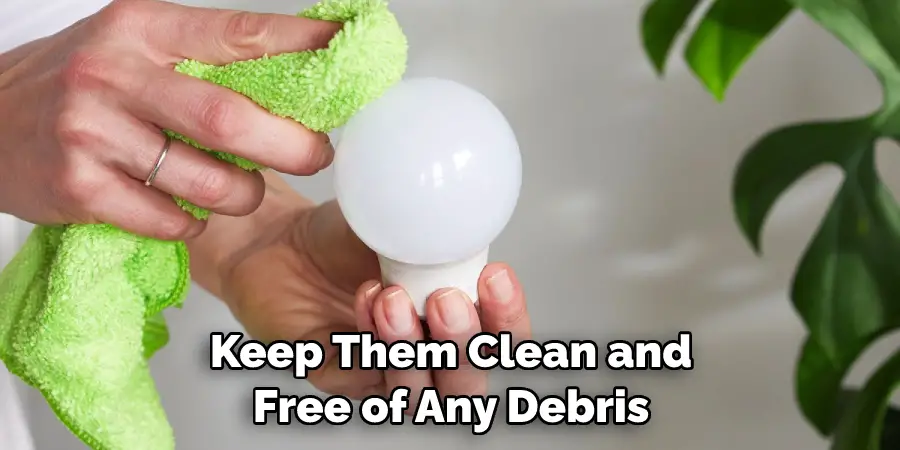
7. Invest in Quality LED Lights
Finally, investing in quality LED lights can help you reduce heat from your lighting fixtures. Low-quality LEDs tend to produce more heat and use more energy than their high-quality counterparts. So be sure to purchase your LED bulbs from a reliable source to ensure that you get the best products with maximum efficiency.
Following these tips is the best way to enjoy your LED lighting fixtures while keeping your home cool. With the right LED lights and proper installation, you can still have a great-looking home without worrying about unnecessary heat buildup. So choose wisely and keep your home cool!
5 Considerations Things When You Need to Reduce Heat from Led Lights
1. Consider the Wattage of the LED Lights
When trying to reduce heat from LED lights, one of the first things to consider is the wattage. The wattage of a light bulb determines how much energy it consumes and, thus how much heat it will generate. Generally speaking, LED lights with higher wattages will generate more heat than those with lower wattages. Therefore, it is important to choose LED lights that have a lower wattage in order to reduce heat output.
2. Choose Lights With High Color Rendering Index (CRI)
Another factor to consider when reducing heat from LED lights is the color rendering index (CRI). CRI measures how accurately colors are reproduced by a light source, with higher CRI values indicating more accurate color reproduction. LEDs with higher CRI values generally produce less heat than those with lower CRI values because they are more efficient at producing light.
3. Utilize Heat Sinks and Fans
Heat sinks and fans can help dissipate the heat generated by LED lights. Heat sinks are specially designed metal surfaces that absorb and dissipate heat away from the light source, while fans help circulate air around the light source to keep it cool. Both of these methods can help reduce the heat generated by LED lights and make them more comfortable for people in close proximity.
4. Install Lights on an Adjustable Track or Rail System
Installing LED lights on an adjustable track or rail system can also help reduce their overall temperature output. This allows you to adjust the angle of the light so that it is not directly facing people or other objects that may be sensitive to high temperatures, which helps reduce overall heat output in a given area. This method also allows you to easily move or replace individual lights if necessary without having to rewire entire lighting fixtures or systems.
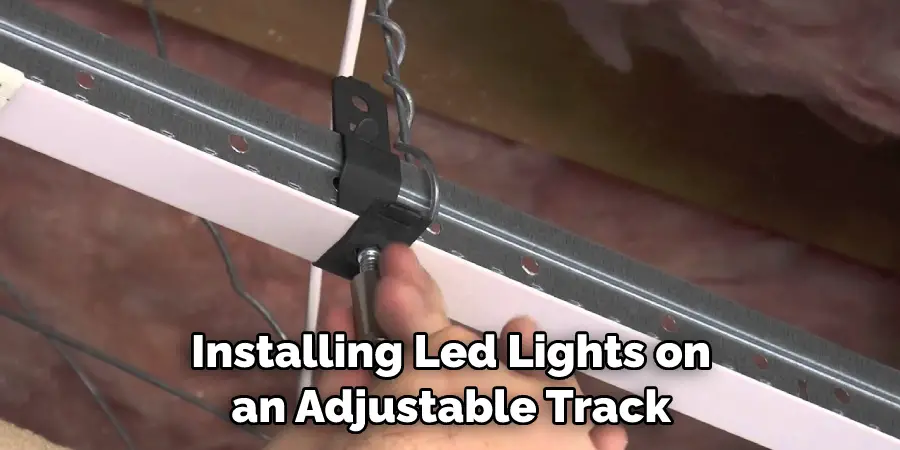
5. Upgrade Your Lighting System Regularly
Finally, upgrading your lighting system regularly can help ensure that your LED lighting system remains efficient and does not produce too much excess heat over time due to aging components or outdated technologies. This includes replacing old bulbs with newer models as well as upgrading existing fixtures and controls when necessary in order to ensure maximum efficiency and comfort for users in any given space
Benefits of Reduce Heat from Led Lights
LED lights are a wonderful innovation in the lighting industry, but they have one downside – heat. As LED lights work hard to provide bright and energy-efficient lighting, they can emit significant heat, raising the temperature of nearby environments. Fortunately, there are ways to reduce this heat and reap the benefits of LED lighting without drawbacks. Using heat sinks and carefully designing lighting fixtures makes it possible to keep LED lights cool and efficient. This not only improves the lighting quality and longevity of your LED lights but also helps to prevent any unwanted heat from building up in your home or office space. By reducing heat from LED lights, you can enjoy their many benefits without feeling the burn.
Some Common Mistakes People Make When Trying to Reduce Heat from Led Lights
When it comes to LED lights, reducing heat can be a tricky process. Despite the numerous benefits of LED lighting, many individuals make certain mistakes when attempting to minimize heat output. One common error is failing to provide proper ventilation. It’s crucial to ensure adequate space between the LED lights and other materials and ensure that the area surrounding the fixtures is well-ventilated.
Another mistake is not selecting the appropriate components. It’s important to choose heat sinks and thermal pads that match the LEDs’ wattage and power output to reduce overheating. Lastly, overlooking environmental factors such as ambient temperature and humidity can severely impact heat management efforts. By considering these potential pitfalls, you can make informed decisions regarding LED lighting and drastically reduce heat-related issues in the long run.
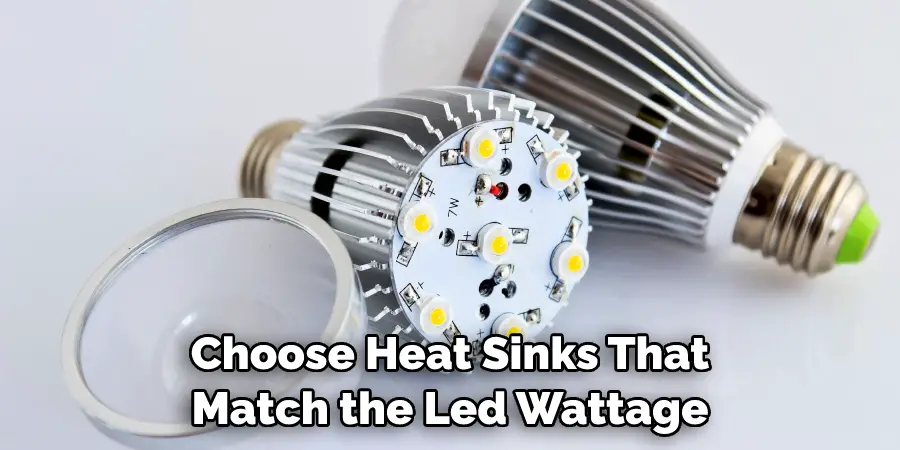
Conclusion
LED lights don’t have to add extra heat to your home during hot weather. With these five practical tips, you can keep your elegant lighting and maintain a cool room. You can effectively reduce heat from LED lights by choosing lower-wattage LED lights, using LED lights with heat sinks and thermal pads, installing dimmer switches, and improving ventilation and airflow.
These tips help keep your room cool and save you some money on your energy bill and extend your LED bulbs’ lifespan. Stay cool! Thanks for reading our post about how to reduce heat from led lights.
